Fifth IOS Ibn Khaldun Lecture on “Sufis and Promotion of Female Education in Deccan (15th to 19th Century)”
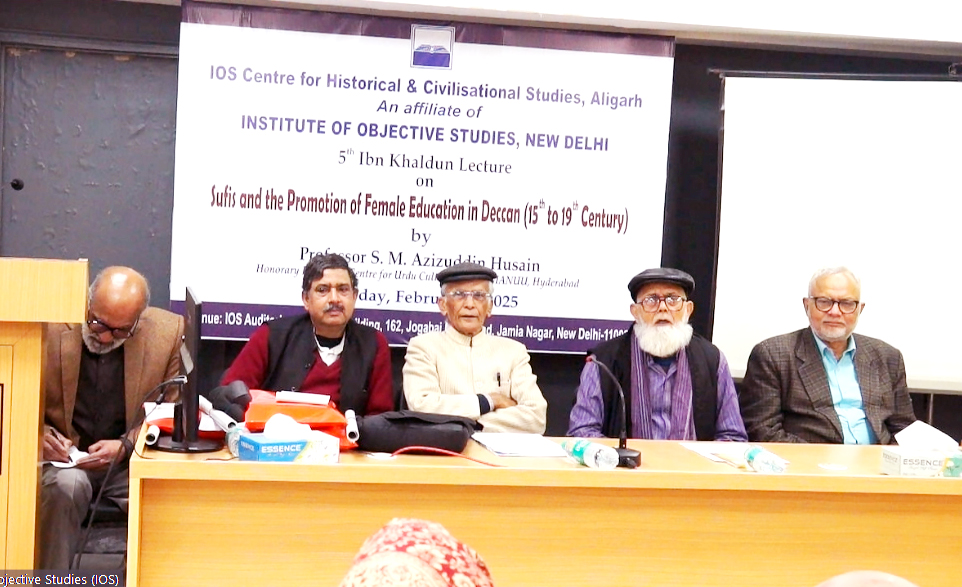
Fifth IOS Ibn Khaldun Lecture on “Sufis and Promotion of Female Education in Deccan (15th to 19th Century)”
New Delhi: The fifth IOS Ibn Khaldun lecture on “Sufis and the Promotion of Female Education in Deccan (15th to 19th Century)”, was organised by the IOS Centre for Historical and Civilisational Studies, Aligarh, at the IOS auditorium on February 8, 2025 in hybrid mode. The lecture was delivered by Prof. S.M. Azizuddin Husain, Honorary Professor, Centre for Urdu Culture Studies, Maulana Azad National Urdu University, Hyderabad. Previously, he was professor and head of the Department of History and Culture at Jamia Millia Islamia, New Delhi.
Prof. Husain is a prolific historian and has to his credit 36 books and 120 research papers. Under his supervision, 20 research scholars have been awarded their Ph.D.
The lecture was preceded by the recitation of a Verse from Holy Qur’an by Mr. Naseem Ahsan of the IOS.
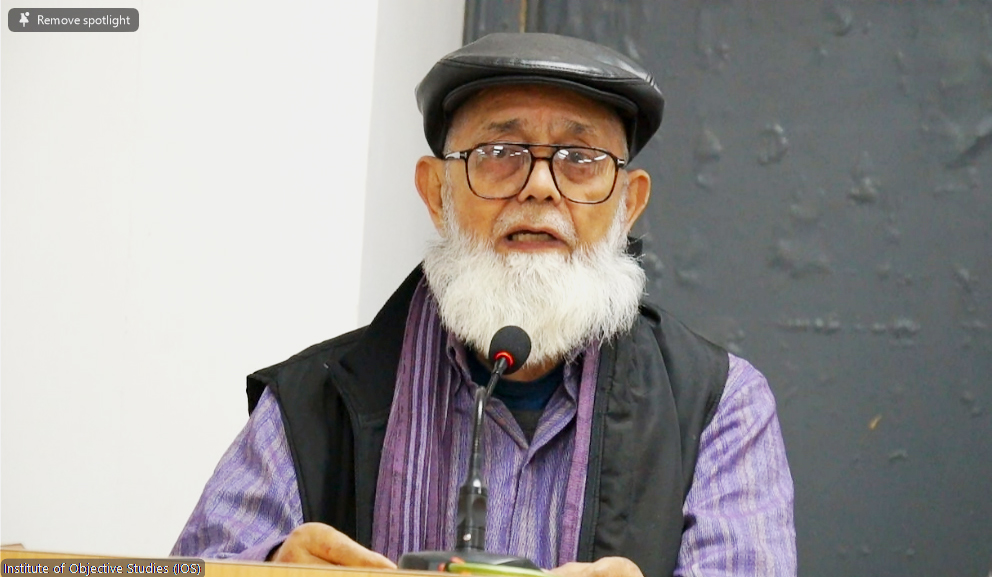
Director of the IOS Centre for Historical and Civilisational Studies, Prof. Syed Jamaluddin, in his introductory remarks, said that it was a big canvas on which the topic had been based. He held that wherever Muslim rulers made victories in the Deccan, Islam made its presence felt in those areas. Alauddin Khalji was the first ruler who undertook his mission in the South India. It was Muhammed bin Tughlaq who despatched his forces along with the men of letters. It was during his time that Burhanpur came into prominence. Similarly, Firuz Shah Tughlaq had presented the idea to make Gulbarga as the capital of the Deccan. He noted that Daulatabad became the capital of the region in 1327. The famous Sufi saint of Delhi, Hazrat Nizamuddin Auliya sent his representatives to the South India to spread Islamic teachings among the people. These Sufi saints promoted Mahfil-e-Sama’a in order to attract the Islamic message of love, peace and fraternity. They were all the disciples of Burhanuddin Gharib. Owing to their practice of Sama’a, they were called Burhani. Sufis’ doors were open to all irrespective of caste, creed and religion, he added.

In his lecture, Prof. S.M. Azizuddin Husain observed that the Qur’an and Hadith of the Prophet Mohammad (PBUH) laid emphasis on education of both male and female. However, the foundation of Mulukiyat (Monarchy) in 661 A.D., shattered the whole social and political structure. “During 7th and 8th centuries, we find some female scholars who were engaged in Hadith and Fiqh sciences. Then, the right to knowledge was taken back from the Muslim women. There was madrasas for female education”. He said that Sufi movement started during 7th century as a reaction to the foundation of absolute monarchy which reversed the whole Islamic spirit. Sufis established Khanqahs (hospices) and female murida as part of Khanqah life. Sufis imparted knowledge to female murids as is laid down in the Qur’an and Hadith. Sufis came to India and they kept women as a part of the Khanqah. They educated them. Some of the Sufis of the Deccan also appointed women as their Khalifa and honoured them with Khirqa-i-Khilafat. Some Sufis had appointed their female murida as Sajjada Nashin. They also wrote books for the guidance of their female murida, like Tohfatun Nisa and Ahkamun Nisa. He said that he identified 74 books written by Sufis for the guidance of women. A section of women attached to Khanqah institution was educated in the Deccan. It was in the 12th century that the Sufis fanned out in many parts of the country. They reached up to Kashmir in the north and Kerala in the South and Gujarat in the West to spread the message of Islam by way of love and compassion. He said that he worked on a project of the Indian Council of Historical Research (ICHR) relating to the subject during the liberal government.
Prof. Husain held that Presidency College, and the Asiatic Society, Calcutta provided books on the subject. Earlier, Sufism and Ulema were not a part of the syllabus of History. English historians started history writing. They wrote the history of India, but kept sufism out of its purview. After 1947, Aligarh School of History took a lead in writing the history of sufism in India. Noted Indian historian and Diplomat, Prof. Khaliq Ahmad Nizami was the first scholar who wrote on the religious bent of the Delhi Sultanate. Credit for this work certainly went to Aligarh Muslim University. Though the canvas of the subject was very wide, yet the Aligarh School did much work on it. Jamia Millia Islamia too did some work on the subject. In the Deccan, a lot of work was done in Persian and Arabic languages. He said that according to Ibn Arabi, if one wants to have a glimpse of Almighty Allah, he must look Him into his heart. Khanqahs were open not only to male, but also for female as murida. This was in accord with the Qur’anic commandment that women too should compulsorily receive education and acquire knowledge. He said that there were many Mohaddisa whose lectures were attended by Mohaddis (Those who specialise in the knowledge of the Hadith). Ibn Arabi held women in high esteem. Famous Persian and Urdu poet any mystic, Amir Khusrau gave much importance to the women. He used to say “If the father of a person is missing, then he can be identified with his mother”. Maulana Azad also said that the status of a woman symbolised her position.
Prof. Husain pointed out that the Roman Empire transformed the life-style of the people. Referring to the pleasure of life being enjoyed by the Sultans of Delhi, he said that Muizuddin Qaiqabad was enjoying the life of pleasure in Nilokheri, Burhan Nizam Shah and Mughals were leading a life full of pleasure. They were not leading an Islamic way of life. There was no mention of any madrasa in the north India up to the 18th century which had arrangements for the education of women. But, in the Deccan there were instances of the existence of madarsas having facilities for women education. Several Sufis in the south named their murida as khalifa. Sher Ali Khan named Bibi Khaqi Shah as his khalifa. Maraasile were first written in Golconda and Bijapur. In khanqahs, Sufis connected women with them and asked not to fear for death because Allah is the Creator of all living beings. It was nothing else but the Karaamat (miracle) of the Sufis that the Hindu women collected to observe the martyrdom of Imam Hussain during Muharram procession.
Prof. Husain noted that a school was opened in Hyderabad in 1882 for educational uplift of women. The Nizam of Hyderabad consulted an Englishman to advise him on a plan for women education. East India Company opposed the proposal to start schools for women. The Nizam formulated a plan to open schools for the Muslims, Hindus and Zoroastrians. He said that Sir Syed Ahmad Khan was not opposed to women education, but he used to say that if women were educated then they would be worse than women slaves. According to him, Shia ulemas also opposed women education. Mir Osman Ali Khan had stopped the pension of the women till they did not marry. He said that if pension continued, they would not marry. The entire expenditure on the education of Sarojini Naidu was borne by the Nizam. He suggested that the government should follow this policy. He concluded saying that the influence of the Deccan Sufis still continued.
In his supplementary remarks, Prof. Syed Jamaluddin pointed out that the BJP followed the medieval rulers to reach common people through Sufis. He said that it was wrong to say that Sufis did not follow Shariah. About 88 books were written by women in the Deccan. Their position in the Deccan was better than in the North India. They enjoyed status and prestige there. All this went to the credit of Sufis, he added.
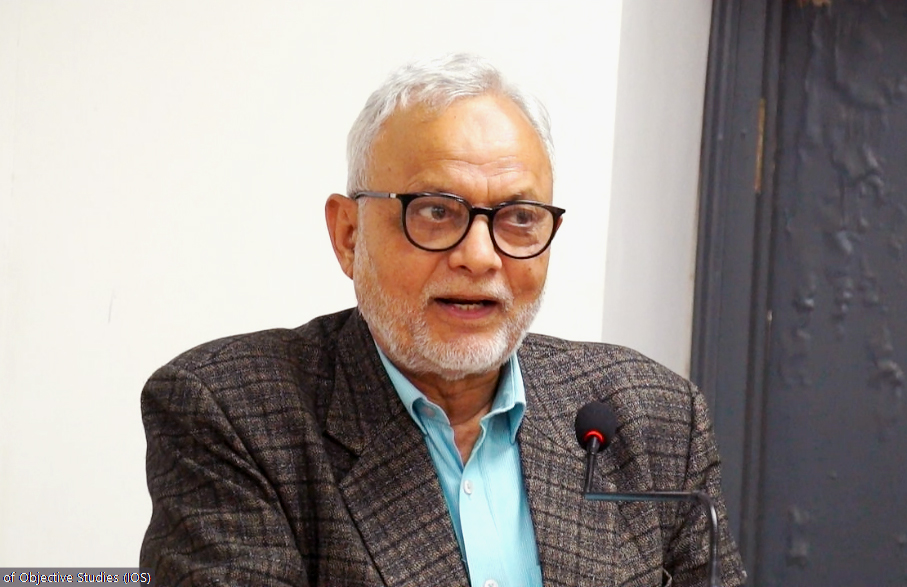
Ex-dean of social sciences and head of the department of Islamic Studies, Jamia Millia Islamia, Prof. Mohammad Ishaque, held that in today’s world, the practice was not to follow the path which did not suit one’s ideas. There was difference between the north and south India. Sufis went to the south from the north and enriched the land by their spiritual teachings, love and compassion. The land there became very fertile due to the presence and noble practices of the Sufis. In the north too, Sufis inspired a large population with their service to humanity. Ajmer and Delhi were the main centres of sufism. In Delhi, Khwaja Nizamuddin Auliya, Mahboob-i-Ilahi’s dargah attracted thousands of people from across the country.
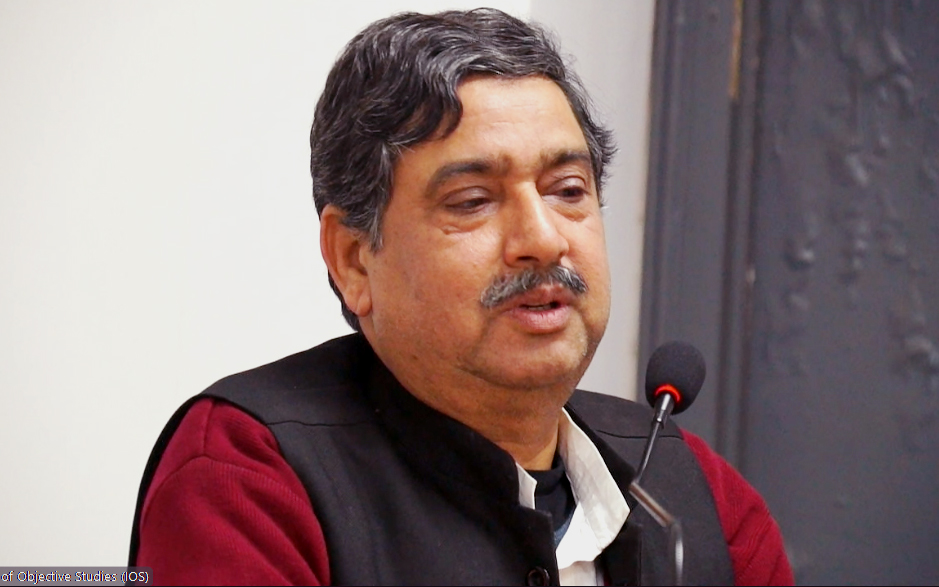
Dr. Faizan from the National Archives, New Delhi, said that Azamgarh and Rampur had been the important centres of women’s education. This showed that the north was never lacking in the education of women.
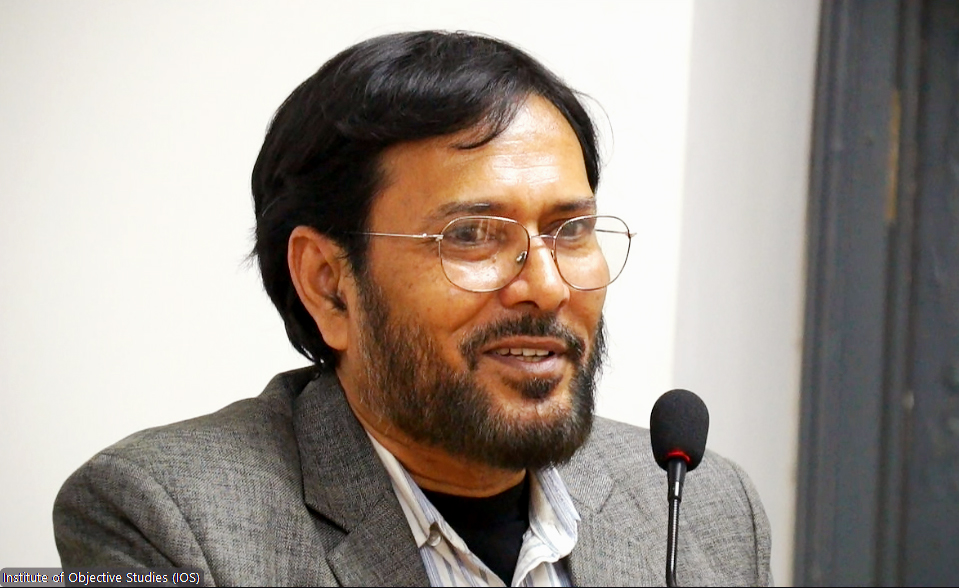
Well-known Urdu journalist and writer, Ahmad Javed said that Sufis played an important role in the establishment of Muslim rule in the Deccan. Naziruddin Usman Shah was very instrumental in the spread of women education in the Deccan. He held that women’s education was never opposed in the region.
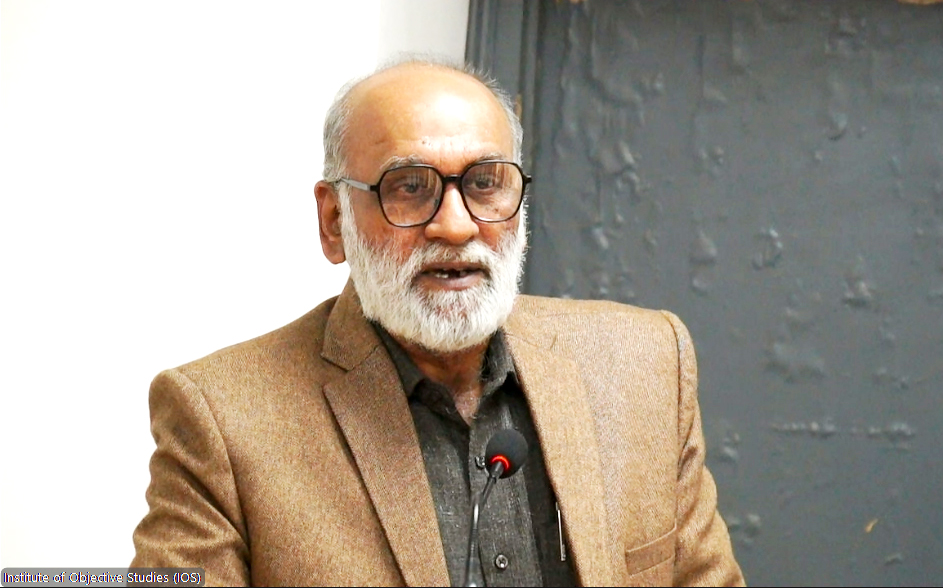
The lecture ended with a vote of thanks proposed by Mr. Mohammad Tazeem.
Go Back